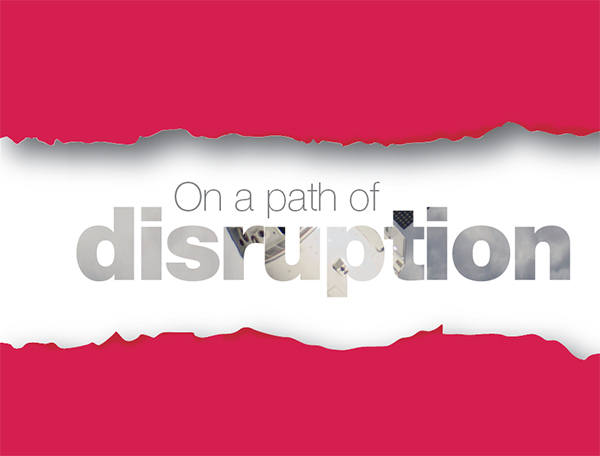
If we’re looking for a contemporary innovator who completely epitomizes the principle of challenging orthodoxies, it would have to be Elon Musk—of Tesla, SpaceX, and SolarCity fame.
His path of disruption began in the days of the Wild Wild Web of the mid- to late-nineties, when it simply wasn’t safe or easy to move money around online. Musk refused to accept that it had to be so, or that only giant financial services companies could come up with a solution. So in March 1999 he decided to start his own Internet financial services company, called X.com, which quickly became one of the Web’s leading financial institutions. One year later, in March 2000, X.com bought another Internet startup called Confinity and formed PayPal. In 2002, eBay bought PayPal for $1.5 billion. Today, PayPal is the leading global online payment-transfer provider.
So what did Elon Musk do next? Sit back and enjoy his millions? Nope. As Chris Anderson put it in a Wired magazine interview, “he decided to disrupt the most difficult-to-master industries in the world.”5 The first of these industries was astronautics—a field that was assumed to be the exclusive territory of large government-funded organizations like NASA. Musk’s fundamental question was, “Why do space rockets have to be so expensive?” He took a look at the actual material cost of a rocket—the aluminum alloys, titanium, copper, and carbon fiber—and ...
Get The Four Lenses of Innovation: A Power Tool for Creative Thinking now with the O’Reilly learning platform.
O’Reilly members experience books, live events, courses curated by job role, and more from O’Reilly and nearly 200 top publishers.

